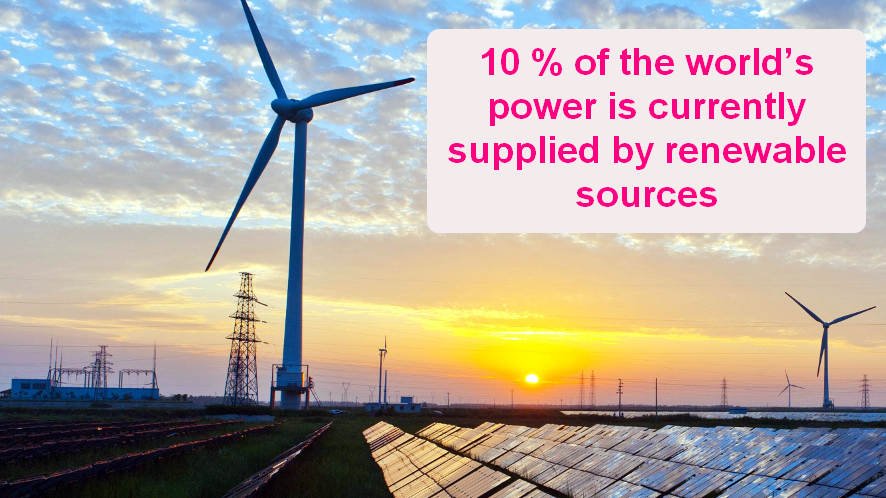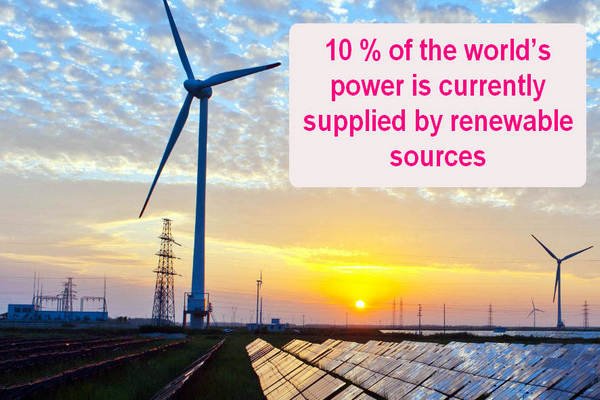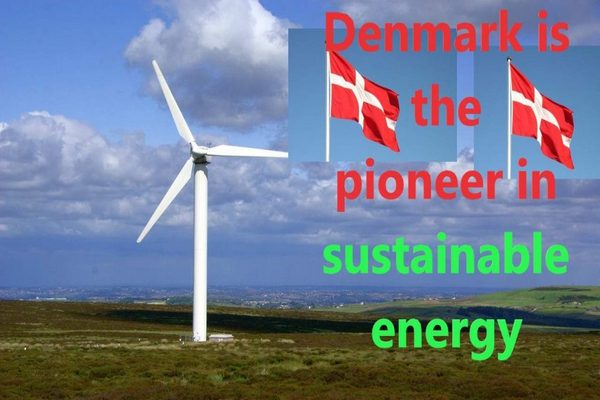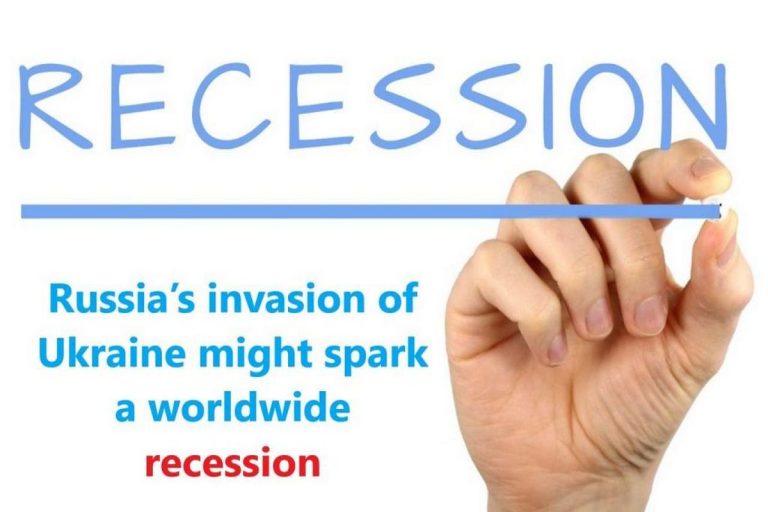10 percent of the world’s power is currently supplied by renewable sources like wind and solar.

According to a recent study, the combined output of wind and solar power reached 10 percent of the world’s total energy production for the first time in 2021.
DENMARK
Denmark is a leader in the field of renewable energy..
Clean, renewable energy is quite popular in Denmark. Other OECD countries(The Organisation for Economic Co-operation and Development) are outclassed in terms of wind power generation per person. As a result, bioenergy plays a significant part in Denmark’s energy infrastructure.



In spite of the development and the fact that certain nations, like as Denmark, now acquire more than 50 percent of their electricity from wind and solar, the use of coal power experienced a spectacular increase in 2021.

According to data conducted by Ember, a climate and energy think tank, fifty different nations receive more than a tenth of their power from renewable sources such as wind and solar.
In 2021, when the economy of the globe began to recover from the Covid-19 epidemic, there was a sharp increase in the demand for energy.
The need for power increased at a rate that broke all previous records. Because of this, the amount of power generated by coal increased at the quickest rate seen since 1985.
In 2021, solar, wind, and other environmentally friendly sources contributed to the generation of 38% of the world’s power. For the very first time, renewable sources of energy such as wind turbines and solar panels contributed 10% of the total.
Since the signing of the climate accord in Paris in 2015, the proportion of energy coming from wind and solar has more than doubled.
The Netherlands, Australia, and Vietnam have made the most rapid transitions to renewable energy sources like wind and solar. In the past two years, each of the three has shifted one-tenth of their power consumption away from sources that rely on fossil fuels and toward sources that use renewable energy.
According to Hannah Broadbent from Ember, “The Netherlands is a great example of a more northern latitude country proving that it’s not just where the Sun shines, but it’s also about having the right policy environment that makes the big difference in whether solar takes off.” “The Netherlands is a great example of a more northern latitude country proving that it’s not just where the Sun shines, but it’s also about having the right policy environment that
Vietnam also had extraordinary development, most notably in the field of solar energy, which showed an increase of more than 300 percent in only one year.
According to Dave Jones, the global lead for Ember, “in the case of Vietnam, there was a massive step up in solar generation, and it was driven by feed-in tariffs, which are money the government pays you for generating electricity.” These tariffs made it very attractive for households and for utilities to be deploying large amounts of solar. “In the case of Vietnam, there was a massive step up in solar generation,” Jones said. “In the case of Vietnam, there was a massive step up in solar generation.”
“What we saw with that was a major step up in solar production last year,” which not only met the increasing demand for power, but it also led to a reduction in both coal and gas generation. “What we saw with that was a massive step up in solar generation last year,”





